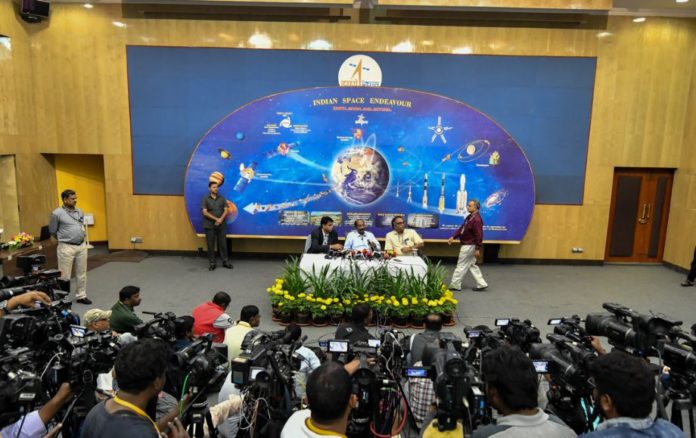After the United States, Russia and China, India wants 2020 to be its year, the year in which it will become the fourth country to reach the Moon, after crashing its Chandrayaan 2 ship against the surface in September.
With this mission, Indian scientists hoped to discover more about the mineral composition of the Moon and the presence of water. The first mission to the moon was the Chandrayaan-1, placed in the lunar orbit in November 2008, without landing.
Chandrayaan 3 Mission and Indian Astronauts for 2022
With the Chandrayaan-3 mission, India intends to become the fourth nation to set foot on the Moon, thus following the United States, Russia and China. The mission will cost 35 million dollars, as we said before, and will include a new propulsion module, the landing module and a Rover vehicle, although the cost will rise with the launch itself.
According to the words of the president of The Indian Space Research Organisation (ISRO), K. Sivan, during a New Year press conference:
Chandrayaan-3 mission to the moon, comprising a lander and a rover is approved by the Government and activities for its realisation are in progress.
On the other hand, India has other projects such as an SSLV (Small Satellite Launch Vehicle), a GSLV (Geosynchronous Satellite Launch Vehicle) with four million units payload fairing, a GSAT-20 satellite, the NAVIC (Indian Regional Navigation Satellite System) with atomic clocks, the IDRSS (Indian Data Relay Satellite System), the Aditya-L1 mission (with which they want to study the sun and which should be launched in the second half of 2020) and the XPOSAT, the polarimetry satellite of X-ray, which is scheduled for 2021.
In 2014, India became the first Asian nation to reach Mars when it put The Mars Orbiter also called Mangalyaan, is a space probe orbiting Mars since 24 September 2014.
